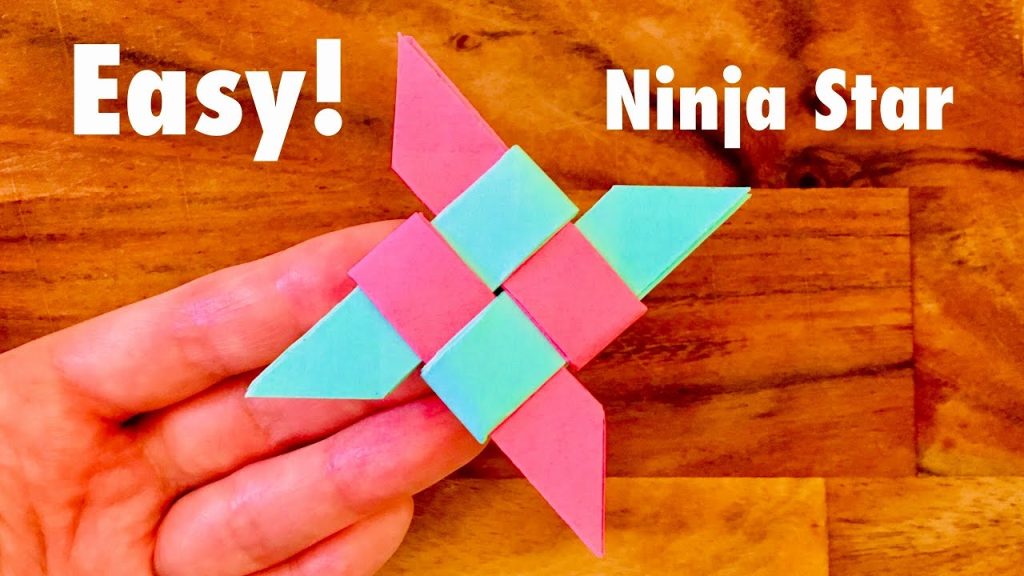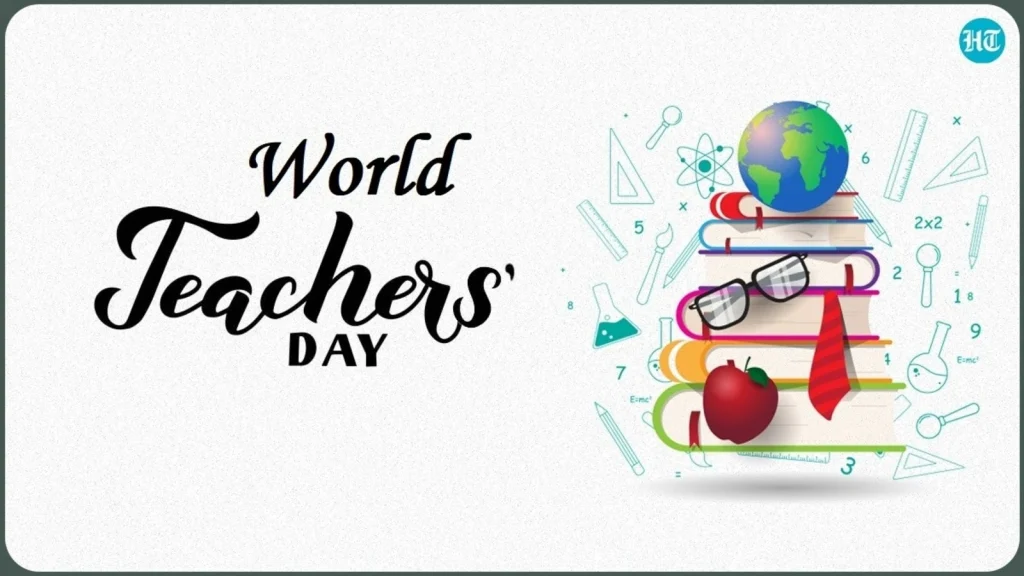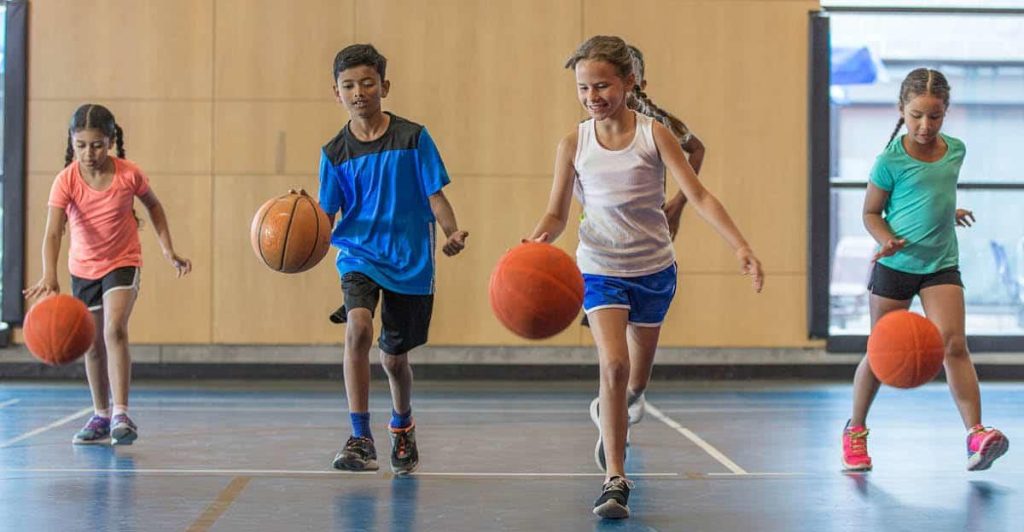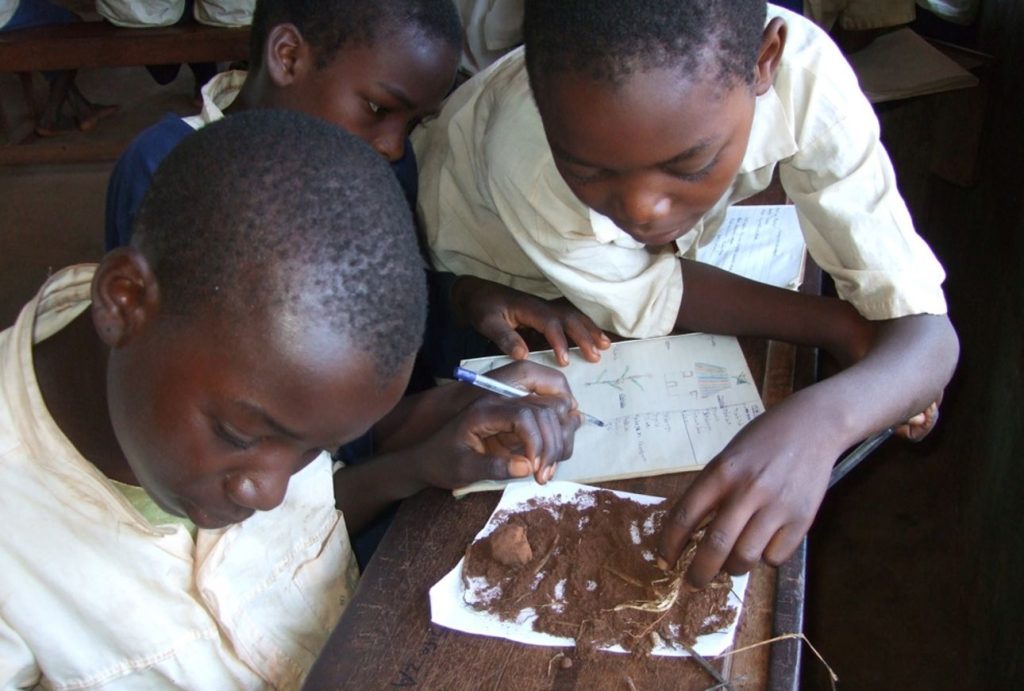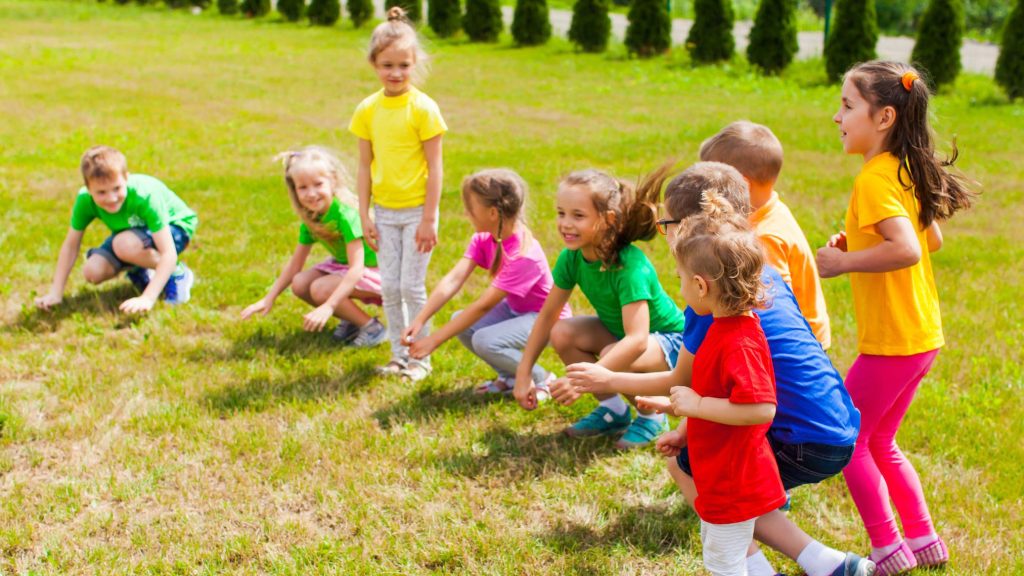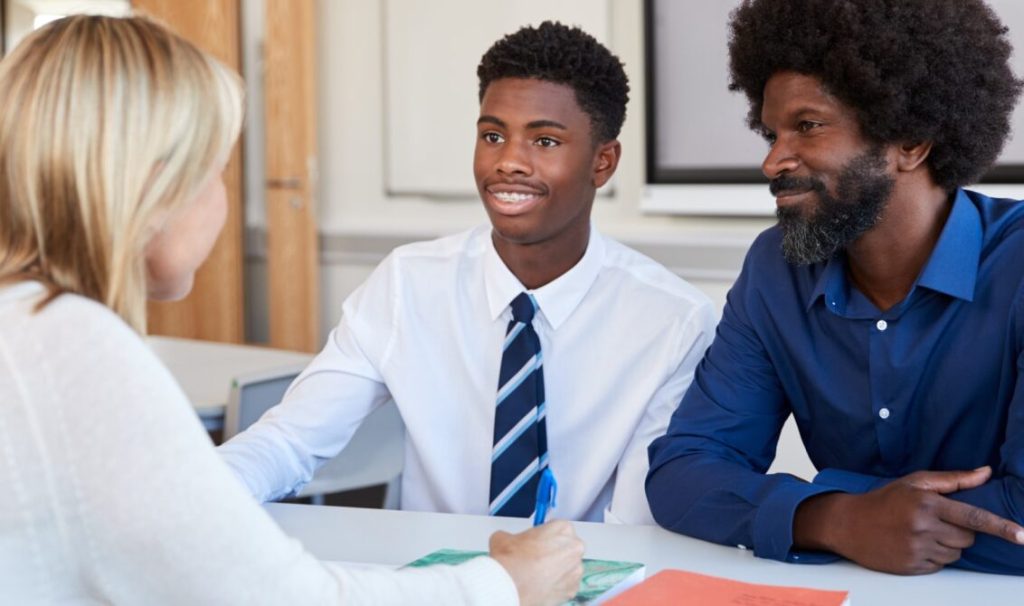Origami, the ancient art of paper folding, has a wide range of fascinating models to offer, from simple boats and hats to the incredibly complex dragons and other intricate figures. Among these countless creations, there is one that particularly stands out for its combination of simplicity, action, and adaptability: the Origami Transforming Ninja Star. This eight-pointed star not only boasts a cool design but also transforms with a captivating motion, flipping back and forth between two different forms.
What makes this origami model unique is that it can be made using something as commonplace as sticky notes – those little paper squares typically used for quick reminders can take on a new life in the hands of an origami enthusiast. The transformation is not just visual; it’s almost magical. With a bit of dexterity, one shape shifts into another, surprising those who often see sticky notes as mere stationary items.
Creating your Transforming Ninja Star is straightforward and doesn’t require any cutting or gluing if you’re using sticky notes. Each sticky note forms an identical module, and these modules are interlocked to create the transforming star design. Most satisfying is the fact that each part of the star is made in exactly the same way – once you have mastered the fold for one module, you can easily make the rest.
Once constructed, it’s all about precision and symmetry to give your star a smooth transformation capability. It flips inside out with a flick of the wrist, changing shapes in a quick motion much to the delight of origami lovers and novices alike.
For many crafters, sticky notes are now not just for jotting down phone messages or reminders for groceries. Through this unique application of origami techniques, they also become moving art pieces or playful toys that symbolize innovation and transformation – both literally in their form-changing abilities and metaphorically as they repurpose a common office item into something extraordinary.
Not only does making an Origami Transforming Ninja Star develop motor skills and encourage creativity, but it’s also an excellent activity for teaching kids about geometry and symmetry. So next time you see a pile of sticky notes sitting idly by your desk, remember that they hold more potential than meets the eye – all it takes is a little fold here and there to transform them into something truly remarkable.
